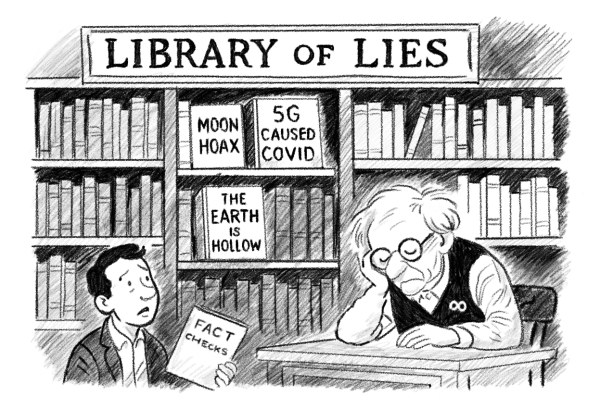The case against Biden’s infrastructure plan: How the American Rescue Plan extends way past recovery
Rushed, opportunistic policymaking has never been good news. Unfortunately, the COVID-19 pandemic created the ideal environment for Congress to pass bill after bill, paying less attention to the quality of the plan and focusing on the tagline of ‘COVID Relief.’ There are a multitude of issues with the American Rescue Plan, which are hopefully due to mere oversight.
So what can be wrong with stimulus in the middle of a severe depression? Is it the right approach? Absolutely. Expansionary fiscal policy is more than necessary when the economy contracts, but Biden’s plan piles another 1.9 trillion dollars on top of the 4 trillion already spent and wastes billions of dollars on unrelated endeavors.
In terms of spending, the American Rescue Plan way overdoes it. Of the previously passed 4 trillion in stimulus, 1.5 trillion has not yet been spent. Still, without the ‘completion’ of the previous rounds of stimulus, the economy is rebounding: unemployment rates are plunging and the output gap is contracting rapidly. The monthly output gap is currently 20-50 billion and will keep shrinking as the economy recovers. The monthly injection from Biden’s plan is 150 billion, exceeding the gap threefold at the very least. As for wages, the monthly level is 30 billion under pre-COVID forecasts. The increased benefits from the plan come out to 150 billion as well, 5 times the gap. Concerns about inflation are certainly justified.
At least the wage benefits are correcting a tangible issue, the Biden administration has the right idea there. Unfortunately, that does not hold true for all of the funding. 350 billion dollars has been allocated to states and localities, even though 31 states have enough funds to absorb the entirety of the economic stress. Only 12 states need to close budget gaps of over 5%, and most localities are better off in 2020 than the previous year.
Furthermore, nearly 130 billion dollars was allocated to K-12 education with the intention of reopening schools. However, the 100 billion in previous education spending is largely unspent, and the Congressional Budget Office estimates that only 5% of the new funding will be spent by the end of September.
The stimulus checks are another example of a poorly executed good idea. The main issue is that they are allocated indiscriminately. COVID-19 hit millions of workers very hard, but only 42% of people lost income or their job, so most of the checks are not making a big difference in people’s standard of living. What’s more, households with incomes over $78,000 are only planning to spend $45 of the $600 they received in January.
But overdoing it is worse than under-doing it, right? Not necessarily. Spending this much now means that in the case of a second wave or a new strain, the political will and funding capacity will not be there. The new plan will push the United States national debt to 28 trillion dollars, which already exceeds GDP.
A poorly planned and timed 1.9 trillion in stimulus now could take that away from the future when it could truly be needed.
To truly understand the size of the current stimulus package, we need to compare it to the spending for the Great Recession in 2009. Former President Barack Obama passed the stimulus measures when unemployment was skyrocketing, during the worst economic downturn since the Great Depression, and the debt to GDP ratio was far more sustainable at 82%. Still, the size of the package was half the size of the output gap. The American Rescue Plan, on the other hand, was passed well into the recovery process. Not only is unemployment falling, monetary conditions are much looser and conducive to investment and consumption, the economy is expecting a boost as the pandemic gets under control, and aggregate demand will soon be stimulated as people start spending down the 1.5 trillion dollars the country has accumulated in savings. Debt to GDP is already above the 2020 levels of 129%.
Ultimately, the American Rescue Plan is poorly executed and consequentially wasteful. This is why the independent Committee for a Responsible Federal Budget concludes that 310 billion dollars of the stimulus spending has little to do with the pandemic, and another 500 billion on top of that could be removed without fundamentally changing the package.




